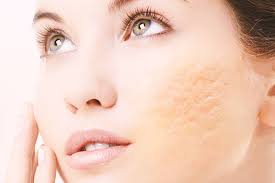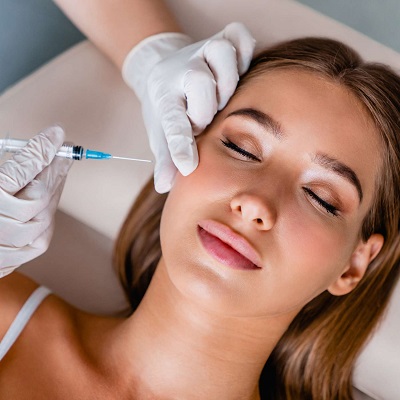Subcision Explained: Your Solution to Long-Lasting Acne Scars

Acne scars can be a frustrating and persistent problem that can significantly impact one’s self-esteem. While many treatments are available, Subcision Treatment for Acne Scars in Dubai has emerged as a popular and effective option for addressing deep, depressed acne scars. In this comprehensive guide, we will delve into the details of subcision, exploring its benefits, the procedure itself, potential side effects, and the recovery process.
Understanding Acne Scars
Acne scars occur when the skin’s natural healing process is disrupted following a breakout. The severity of scarring can vary depending on the type of acne and individual skin characteristics. Common types of acne scars include:
- Ice Pick Scars: These are deep, narrow scars that resemble ice pick punctures.
- Boxcar Scars: These are wide, box-shaped scars with sharp edges.
- Rolling Scars: These are shallow, broad scars that cause the skin to appear wavy or uneven.
What is Subcision?
Subcision is a minimally invasive procedure that involves releasing the tethers of scar tissue that pull the skin down. This technique helps to elevate the depressed scar tissue and improve the overall skin texture.
Benefits of Subcision
Subcision offers several advantages for acne scar treatment:
- Improved Skin Texture: By releasing the tethers, subcision can significantly improve the texture of your skin.
- Reduced Scar Depth: The procedure can help to reduce the depth of depressed scars.
- Minimal Downtime: Compared to other invasive procedures, subcision typically requires minimal downtime.
- Long-lasting Results: The results of subcision can be long-lasting, often providing a significant improvement in the appearance of your skin.
The Subcision Procedure
Here’s a step-by-step breakdown of the subcision procedure:
- Consultation: Before the procedure, you will have a consultation with a dermatologist or plastic surgeon to discuss your concerns and expectations. They will assess the severity of your scars and determine if subcision is the right treatment for you.
- Anesthesia: To minimize discomfort, a local anesthetic is applied to the treatment area.
- Insertion of the Needle: A tiny needle is inserted beneath the scar tissue to release the tethers.
- Release of Tethers: The needle is gently moved back and forth to break up the scar tissue and release the skin.
- Completion of the Procedure: Once the desired area has been treated, the procedure is complete.
Potential Side Effects
While subcision is generally safe, there are some potential side effects to be aware of:
- Bruising and Swelling: These are common side effects that typically subside within a few days.
- Pain and Tenderness: You may experience some pain and tenderness in the treated area, which can be managed with over-the-counter pain relievers.
- Infection: While rare, infection is a possible risk. Your doctor will provide you with specific instructions on how to care for the treated area to minimize this risk.
Recovery Process
The recovery process after subcision is relatively quick:
- Immediate Post-Procedure: You may experience some redness, swelling, and bruising in the treated area.
- First Few Days: It’s important to keep the treated area clean and dry. Avoid touching or picking at the area to prevent infection.
- Healing Process: Over the next few weeks, the swelling and bruising will gradually subside, and your skin will begin to heal.
- Final Results: The final results of subcision may take several months to become fully apparent.
Combining Subcision with Other Treatments
In some cases, combining subcision with other treatments may yield optimal results. These treatments may include:
- Microneedling: This minimally invasive procedure involves creating tiny punctures in the skin to stimulate collagen production.
- Laser Resurfacing: Laser resurfacing can help to improve the texture and tone of the skin.
- Chemical Peels: Chemical peels can help to remove the outer layer of damaged skin and promote cell turnover.
Conclusion
Subcision is a promising treatment option for individuals struggling with deep acne scars. By understanding the procedure, its benefits, and potential side effects, you can make an informed decision about whether it’s the right choice for you. It’s essential to consult with a qualified dermatologist or plastic surgeon to determine the best course of treatment for your specific needs.




